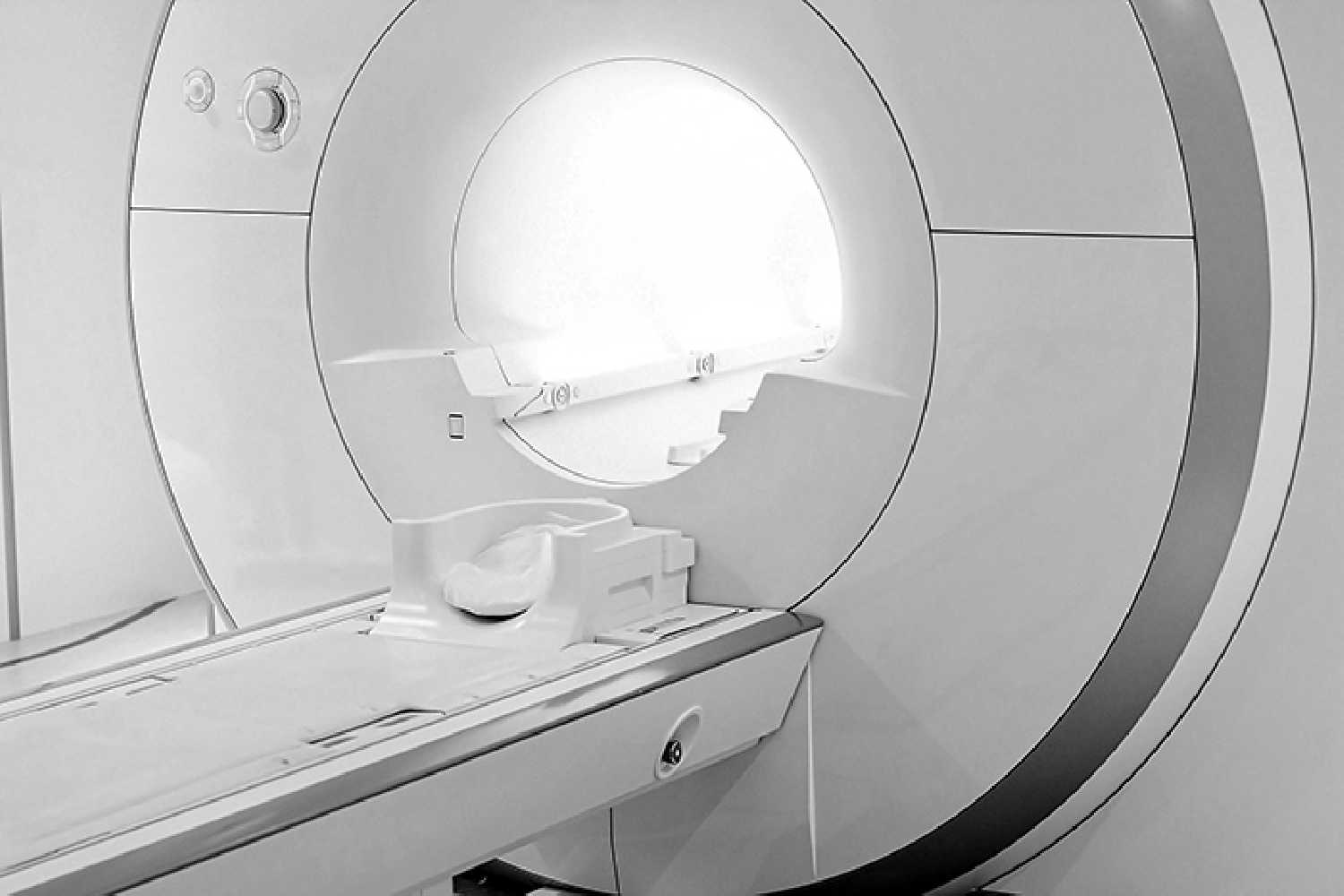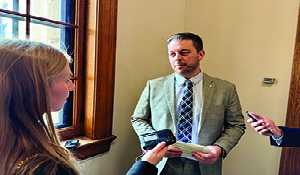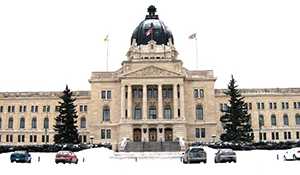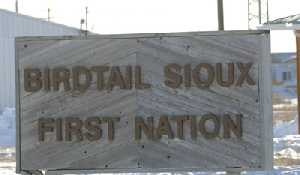Hindley on CT Scanner for Moosomin: ‘We’re taking a very close hard look at this’
June 5, 2023, 8:12 am
Kevin Weedmark


Following the publication by the World-Spectator of CT Scan statistics from across the province, Minister of Rural and Remote Health Everett Hindley says the province is “taking a very close hard look” at a CT Scanner for the region.
Only 6.3 per cent of scans in Yorkton and 10.6 per cent in Regina are completed within the targeted wait times. Yorkton’s percentage is the lowest in the province. The total wait list for Regina, Yorkton, and Estevan is 3,409, more than half the 6,802 waiting list across the entire province. The longest average wait time, 78.5 days, is in Yorkton, and 72 per cent of people on the wait list for more than 90 days are waiting for scans in Regina, Yorkton, and Estevan.
While there are long wait lists for CT Scans in southeast Saskatchewan, population stats show that Moosomin serves a larger regional population than Estevan, which has a CT Scanner.
We spoke with Everett Hindley after the article was published in the World-Spectator. The full interview follows.
What’s your first reaction when you see those numbers?
Thanks for the opportunity, Kevin. I am aware of and read the story that was published in the Moosomin World-Spectator very recently. We had the chance to talk, not that long ago, about the situation and now you have updated the statistics around it.
That’s one of the metrics that we look at in terms of how many people does an area serve and how many people, in this case when it comes to CT services, how many patients are there utilizing that service, not only in terms of what has the trajectory been in the past number of years but what’s the potential for whether it’s an increase in growth or a decline in the need for that service in the years ahead.
Obviously the numbers there are fairly significant and it shows in terms of the number of people and patients needing and utilizing CT scanner services in that Moosomin area.
Of course something that I’ve said before is that it’s something we would take a look at as government when we’re making these decisions about investments as part of each and every budget cycle. We look at where are the pressures and where we need to make some investments to alleviate those pressures.
What’s your advice to the local committee? Should they be looking for another meeting? Should they be sitting down with you? Should they be sitting down with someone in that department? What should their next step be in trying to move this forward?
I appreciate the work that’s been done by the committee and all of those that are part of the committee. I know this is a significant priority for them and I know there’s a number of issues of concern, but this one in particular—look at those that are involved, whether it’s the physicians, locally elected leaders, folks with the Chamber of Commerce, people with the Health Care Foundation, with the Community Builders’ Alliance and you know, this is a priority for them.
I know this is something that is raised with me on a regular basis by your MLA Steven Bonk as well.
It’s been some time since I, myself as the minister, have met with the group and I’ve got this in the queue in terms of meetings and in terms of follow up meetings that I need to have as the minister.
I will be having a conversation as well with our officials as I may have stated in previous interviews. As we prepare for next year’s budget cycle, this will be one of the questions that I will have because the officials will look at this on an annual basis and will present these business cases to myself and Minister Merriman, so I can assure them that I’ll be having those conversations with our officials.
To the people that are part of that committee, if they wish to reach out to the Ministry as well, that’s also welcomed, I would say, and they should know that their voices are being heard and we’re taking a very close hard look at this right now.
An announcement like this, if it were to come, would it come as part of a budget? Is it a big enough purchase to be a budget item?
I think typically it would be, Kevin. Not saying that we don’t make announcements outside of the budget cycle, of course, I wouldn’t rule that out entirely, but whenever we’re looking at something like this where it involves adding on a new service and it involves some operational dollars—it’s one thing if it’s a one time capital investment or if it’s done as a pilot project, that’s a bit different.
If this were to advance I’m pretty sure the community would not want to see this advancing on a short term basis or as a pilot or something like that.
So there’s a process that we have to follow as ministers and not just as Ministers of Health, but every minister regardless of what portfolio they’re responsible for, in terms of going through the necessary procedures—whether it’s going through a variety of committees or presenting in front of Treasury Board and then ultimately going through the Ministry of Finance. That typically is the process for something like this, is that it would follow that budget cycle.
What do the numbers tell you overall about the adequacy of the current number of CT scanners around the province? It looks like there are not many scans getting done within the proscribed time.
Well I think it shows that there’s an increased demand for not just CT services but I think for healthcare in general.
We have a growing population in this province and with that comes some challenges. Again, these are good problems to have, but that being said it’s also not lost on us that we don’t want to have people waiting lengthy periods of time to get the health care that they need.
So we as the government are trying to balance that and we’re trying to address those challenges we see—like when it comes to the surgical wait list as an example, where not only do we have a pre-existing wait list for surgeries but we know that’s going to continue to grow as the province grows.
We see that when it comes to that issue, whether it’s growth in the province or an aging demographic, that has an impact on the surgical wait list.
The same thing could be argued for CT services and any number of healthcare services.
As we have a population that’s expanding in this province, that’s something we’re trying to do. We do that for a number of reasons—there’s a reason why that we as a government want to pursue economic growth and it’s for the prosperity of this province, but also so that we can invest into the services that people require as part of that growing province and that includes health care.
So, again, we want to ensure that we’re doing everything we can to make sure that we’re providing health care services to people when they need it and where they need it.
That’s not lost on us as we try to make the best possible decisions that we can for the people that we’re elected to represent.
Do you agree that these numbers seem to indicate that the greatest need right now would be in Southeast Saskatchewan when you look at the longest wait lists and the number of people waiting?
Yes, just looking at the data that was presented in the reports that you had done through your research, Kevin, I think you look at various areas around the province and what the wait times are and there’s pressures in different areas for different needs, whether it’s for CT or perhaps it might be for MRI in some other parts of the province as well.
Definitely the data is there to suggest that, and this wouldn’t be a surprise.
I’ve heard it as the minister from your MLA and I’ve heard it directly from those that are part of the committee who are raising these concerns and there’s a growing need.
I think the data backs that up and again there’s yet another piece for us as ministers to look at when we’re making budget decisions in the months ahead.



































